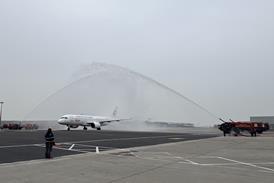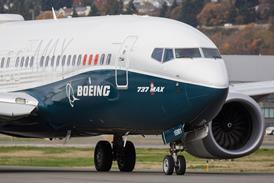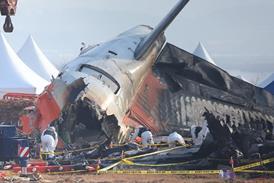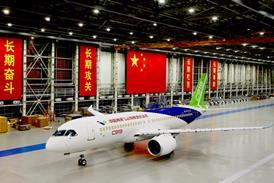
NASA'S decision to abandon its decade-long supersonic transport research effort was precipitated by Boeing and, to some extent, NASA's own HSR team last year, when the two concluded that the future High Speed Commercial Transport (HSCT) would need to meet Stage 4, rather than Stage 3 noise levels. As a result, the target in-service date was moved back another 10 years, to at least 2020, calling into question the entire viability of the research effort (Flight International 2-8 December).
Boeing's earlier decision to put the HSCT studies on the "back burner" were officially based on technical issues concerned with the Stage 4 environmental target. However NASA administrator Dan Goldin says the HSR decision "...was made when our key industry partner for the airframe (Boeing) decided to withdraw, due to major shifts in market indicators."
In the short term it appears to be the engine makers, General Electric and Pratt & Whitney, who have been dealt the hardest blow. Both anticipated a budget cut, but hoped for as much as 90% of a reduced allocation to be divided between them.
Some elements of the research will survive, however. The agency's synthetic vision programme, for example, will receive $250 million over the next five years and become part of the air-safety initiative. It is not yet known if a further four test flights of the Tupolev Tu-144, planned to begin on 24 February from Zhukovsky, will now take place. The supersonic aircraft was being used by NASA.
Source: Flight International























